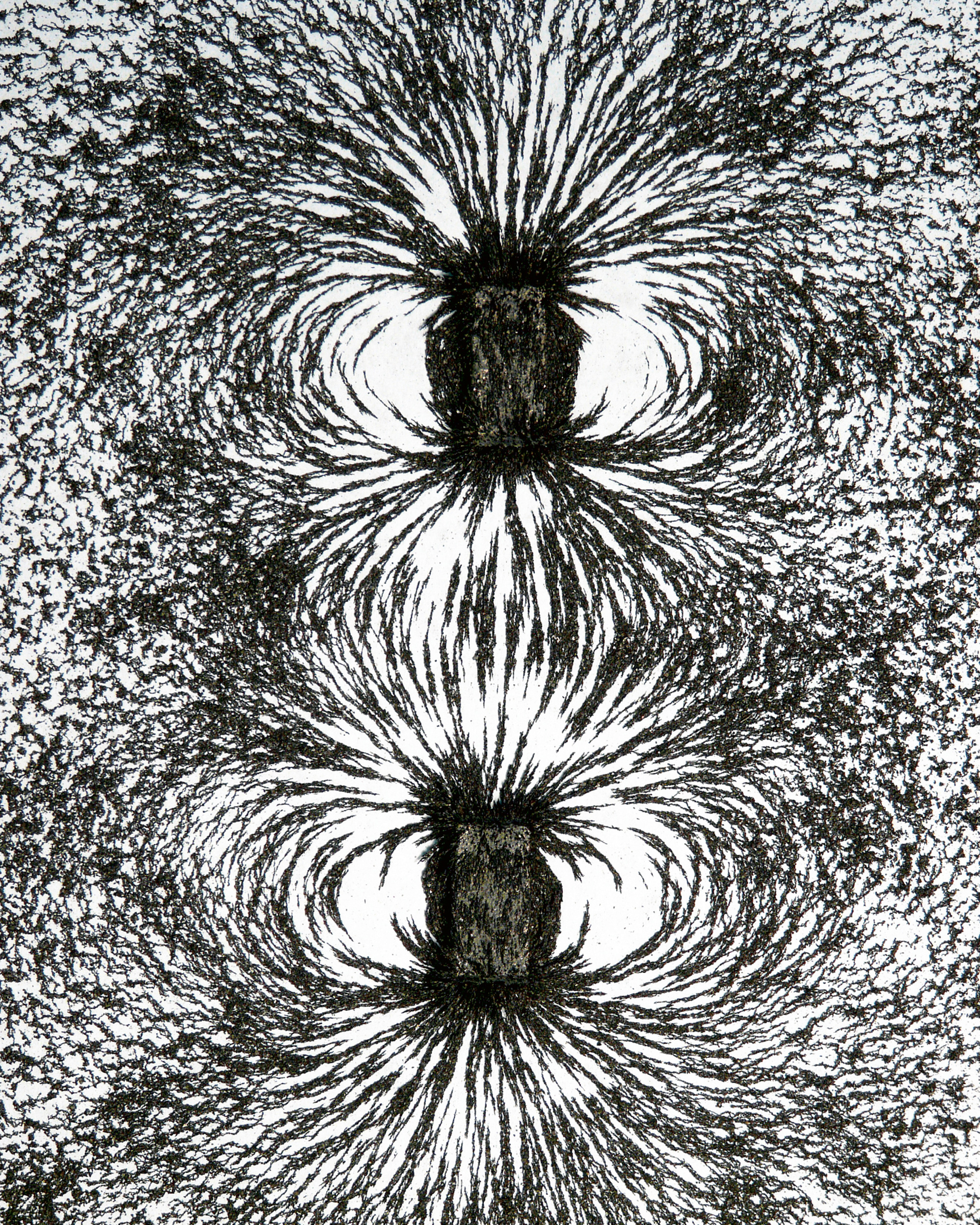Stones in Love
Mineral magnetism
Brooke Holmes
Shortly into Achilles Tatius’s second-century CE novel Leucippe and Cleitophon, in a scene set in a lush garden, the eponymous hero coyly ratchets up his seduction of the eponymous heroine by drawing attention to a peacock observed fanning his tail. That bird, he says, knows exactly what he is doing. Amorous creature that he is, the peacock is after the attention of a female lounging under a nearby plane tree. Now Cleitophon, in his coyness, is not in fact speaking directly to Leucippe here. He is rather addressing his friend Satyrus while standing within earshot of his beloved and her female companion. Satyrus gets the drift and gives his friend an assist with his display of rhetorical iridescence: “So is the power that Eros has so great that he can inflame even birds?” Cleitophon then launches into a hymn to eros that marries the novel’s penchant for natural history to the hyperbole proper to paeans to love. “Not only birds, for that would be no great marvel—after all, he himself is winged—but also creeping snakes and plants and, I believe, even stones.”[1] Ardent peacocks, in other words, are little cause for wonder. But a stone in love? That is truly marvelous.
The sense of wonder felt at the prospect of stones falling under the power of eros is as familiar today as it would have been in antiquity. The reason is obvious: stones are hard. Indeed, for the ancients, they were object lessons in invulnerability. Apollo, driving the Trojans against the Argives in battle in the Iliad, says to them chidingly, “Surely their skin is neither stone nor iron, to withstand the wounding edge of the bronze as it strikes them.”[2] And the surest proof of Orpheus’s power was the ability of his music to charm oak and stone.[3] No wonder, then, that the idea of a stone in love was wonderful.

The marvel Cleitophon has in mind, however, was a familiar one. The proof he offers of stones’ capacity for erotic attachments is the “magnesian stone”—that is, the magnetic lodestone—and its beloved iron, which it attracts, Cleitophon says, “as though in possession of some kind of eros.”[4] The familiarity did not come from the prevalence of magnets. Although magnetite, the most widespread form of natural magnet, would have been fairly common in antiquity (it occurs in most igneous rocks), it will not declare its powers if it is not sufficiently pure. In ancient Greece and Rome, specimens of requisite purity were largely imported from abroad—Ethiopia was an especially prized source—and magnets were considered rare objects. In the Roman era, they seem to have been bought primarily by wealthy men as a form of after-dinner entertainment, although by Augustine’s time, when they were apparently arriving in quantity from India, the oversaturated market had dealt a blow to their prestige value.[5]